iMore Verdict
We’ve looked at our fair share of HKSV cameras, and this one impresses! The Tapo TC73 pan and tilt AI home security camera has some of the best video, the most well-implemented features and app, and a large ecosystem to expand the “intelligence” of your smart home. We can definitely recommend this camera if you’re in the market.
Pros
- +
Day AND night videos have great detail
- +
Privacy features exposed in HomeKit
- +
Beautifully designed app
- +
Feature packed
Cons
- -
HomeKit drops video to 1080P
- -
HomeKit constrains Tapo features
- -
Larger/less conspicuous than some cameras
You can always trust iMore.
What’s the point of an indoor security camera? Monitor a pet? Keeping an eye out when you aren’t home? Maybe it’s to keep an eye out while you sleep? This camera does it all with enough detail to really make a difference if, heaven forbid, you ever need evidence of a break-in or have a pet emergency. Let’s dig into the Tapo TC73!
Tapo TC73: Price and availability
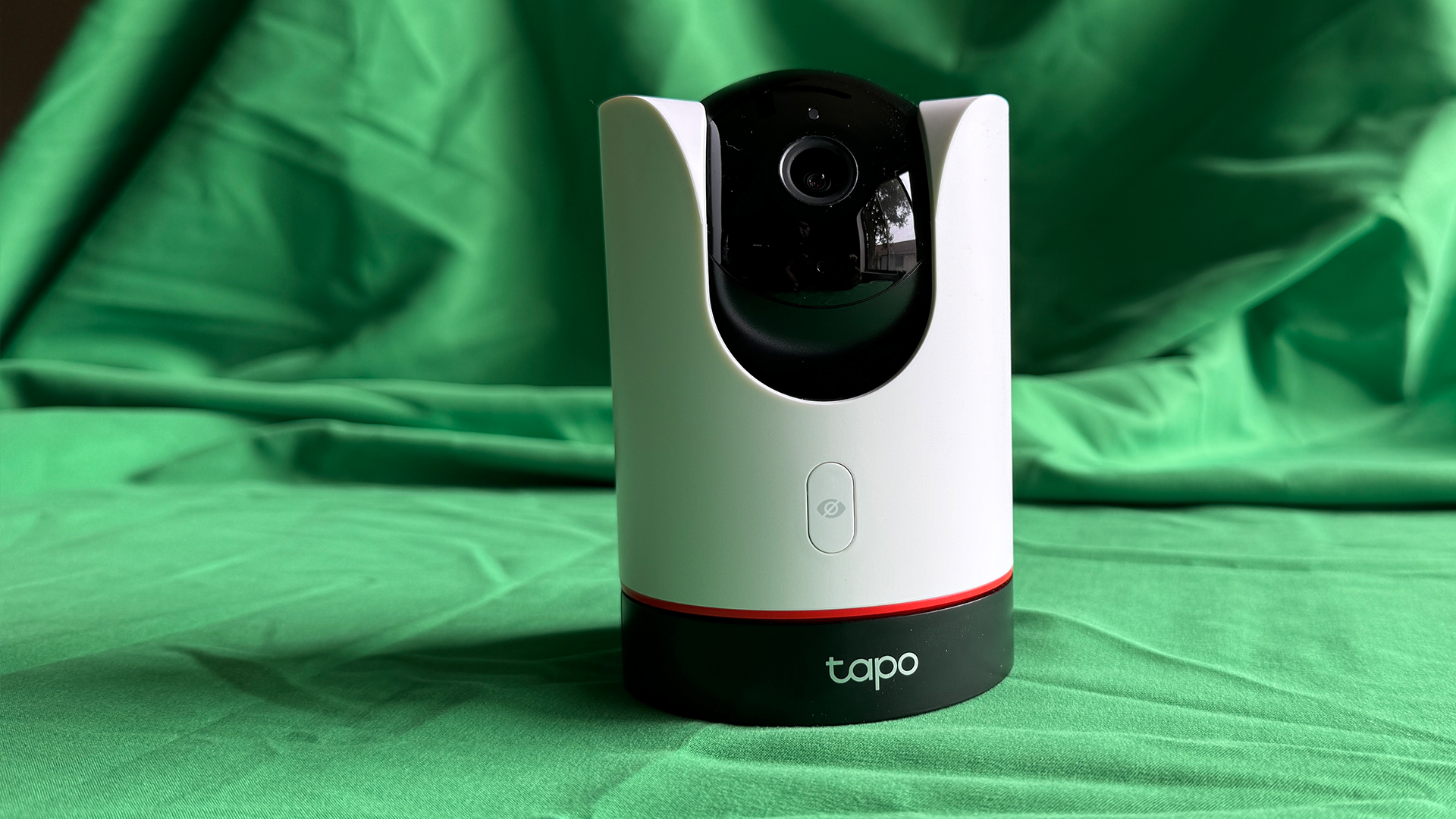
Tapo’s TC73 is widely available online and in brick-and-mortar stores. Right now, it can be purchased for $50 at places like Best Buy or Amazon.com. It was at its highest price in January 2024, at $70, but it seems to have price dips every couple of months or so, bringing it back to the $50 price point.
Its pricing aligns with one of our other favorite pan-and-tilt indoor security cameras, Aqara’s E1. The TC73 comes in only one color, white and black, with a red stripe toward the bottom.
Tapo TC73: Specs and features

I’ve been on a HomeKit Secure Video kick lately, looking at various cameras and accessories. The Tapo TC73 is one of the best cameras I’ve had the privilege of reviewing. The 2K QHD 4MP video is bright, with true colors and plenty of detail in darkness and daylight. That was even before I activated the HDR function, which increases dynamic range and enhances image quality in the shadows and highlights (areas that may be “blown out” due to light streaming through a window). If 2688x1520 (2K QHD) is too much for your available video bandwidth, you can scale the video down to 720P, saving space on the optional microSD card you can use to store videos locally. Another great option for keeping the bandwidth usable for your setup is the ability to switch video frame rates. You can choose from 15fps, 20fps, 25fps, and 30fps.
With all of the high-resolution things activated, I noticed my stream going from around 160KB/s with no activity in front of the camera to around 350KB/s when I walked in front of it, looking at the app to note bandwidth changes. Those numbers are based on your motion settings before recording kicks in.

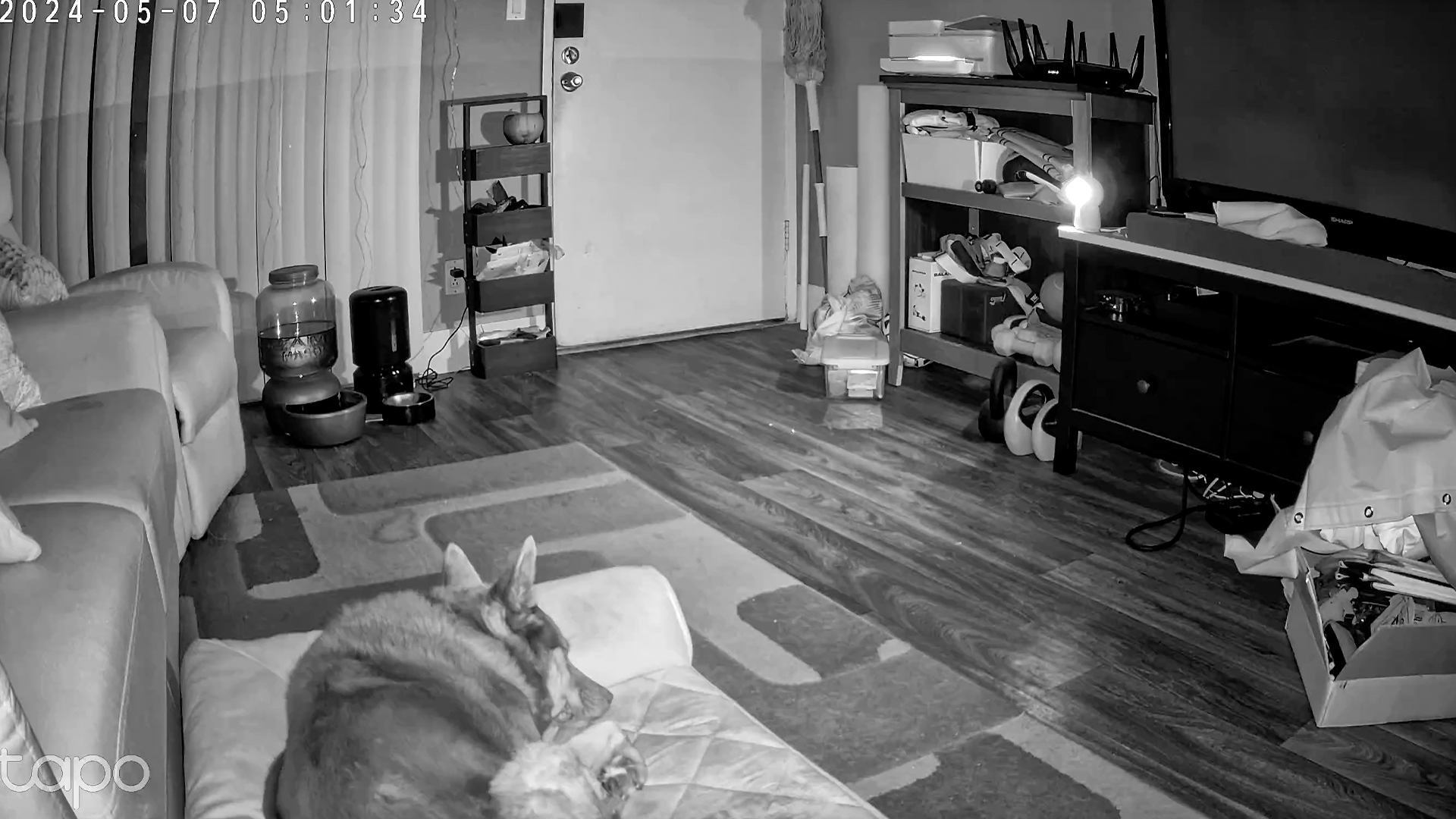
The camera has more options than many of its competitors when it comes to motion and sound settings. You get the usual unspecified motion, then specific person/pet/vehicle options, but add to that “Line-Crossing Detection” and ‘Camera Tampering.” The former allows you to set a boundary in a location and get notified anytime a person or object crosses the boundary from either side. The latter sends you a notification when someone attempts to obstruct the camera and comes with sensitivity settings. You can also set the built-in alarm to go off when obstruction/tampering is identified.
As I said, there are sound detection options aplenty. A crying baby, glass breaking, dog(s) barking, and even cat meows will trigger alerts. I tested them all with YouTube sound effects, and they worked—well, except for the glass-breaking detection. But that could be based on the types of sound effects I’d found. And I love ya’ll, but I'm not breaking my windows to test that for you.
Speaking of breaking, if someone does break in at night, you have two options that may help you identify a thief. The TC73 features a starlight sensor, giving you better night visibility. It’s a larger sensor that captures more light, but the camera unit also comes with two IR lights to illuminate further what you’re trying to protect: red and blue. What’s the difference? Blue light is practically imperceptible, but the trade-off is the visible distance from the camera in the dark. If you’re only using the camera to watch a baby or pet, it’s ideal for that. The red light allows you to see further in the dark, up to 30 feet from the camera but is visible at night.
There’s native HKSV support built in here, so you can go and add it to Apple Home once you have everything configured the way you like in the Tapo app. Of course, that means lower resolution video and most of its features are unavailable in Apple’s app, including the built-in alarm, which does get exposed in Apple Home with some security cameras. With Tapo, besides the camera itself, you get the motion sensor exposed so that you can configure automations with it—something I’d like to have been able to do with the alarm.
Tapo TC73: Build and looks
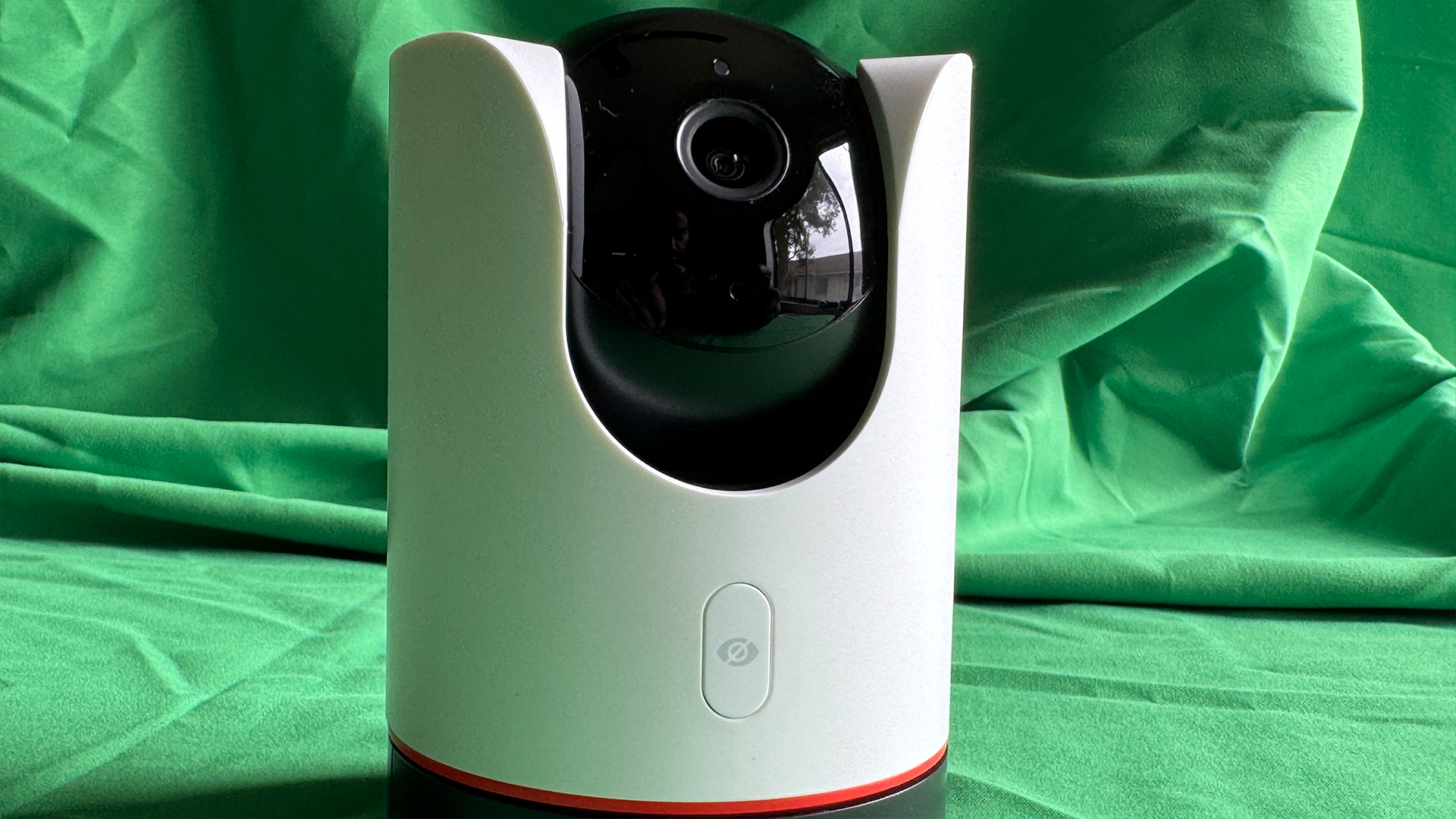
I like the camera unit's looks, though some might find it large-ish for their use. At almost 5 inches tall by 3 inches wide, compared to others,† it isn’t inconspicuous. Recently, my younger brother visited the house and noticed it, telling me I had HAL9000 in my living room. That’s because the red status LED is pretty bright, but you can deactivate that if you want the unit to be more discreet.
The unit does feel substantial, though not heavy. It can be mounted upside down, with an inversion option in the Tapo App 3.0 menu. It is powered by a 12V DC adapter and connects to your network via 2.4GHz Wi-Fi only; there is no ethernet port.
I have noticed that the pan and tilt motor, and the AI which drives it are the most responsive I’ve used so far. The TC73 does a fantastic job of keeping up with people and pets moving in front of the camera’s lens.
Tapo TC73: Ease of use
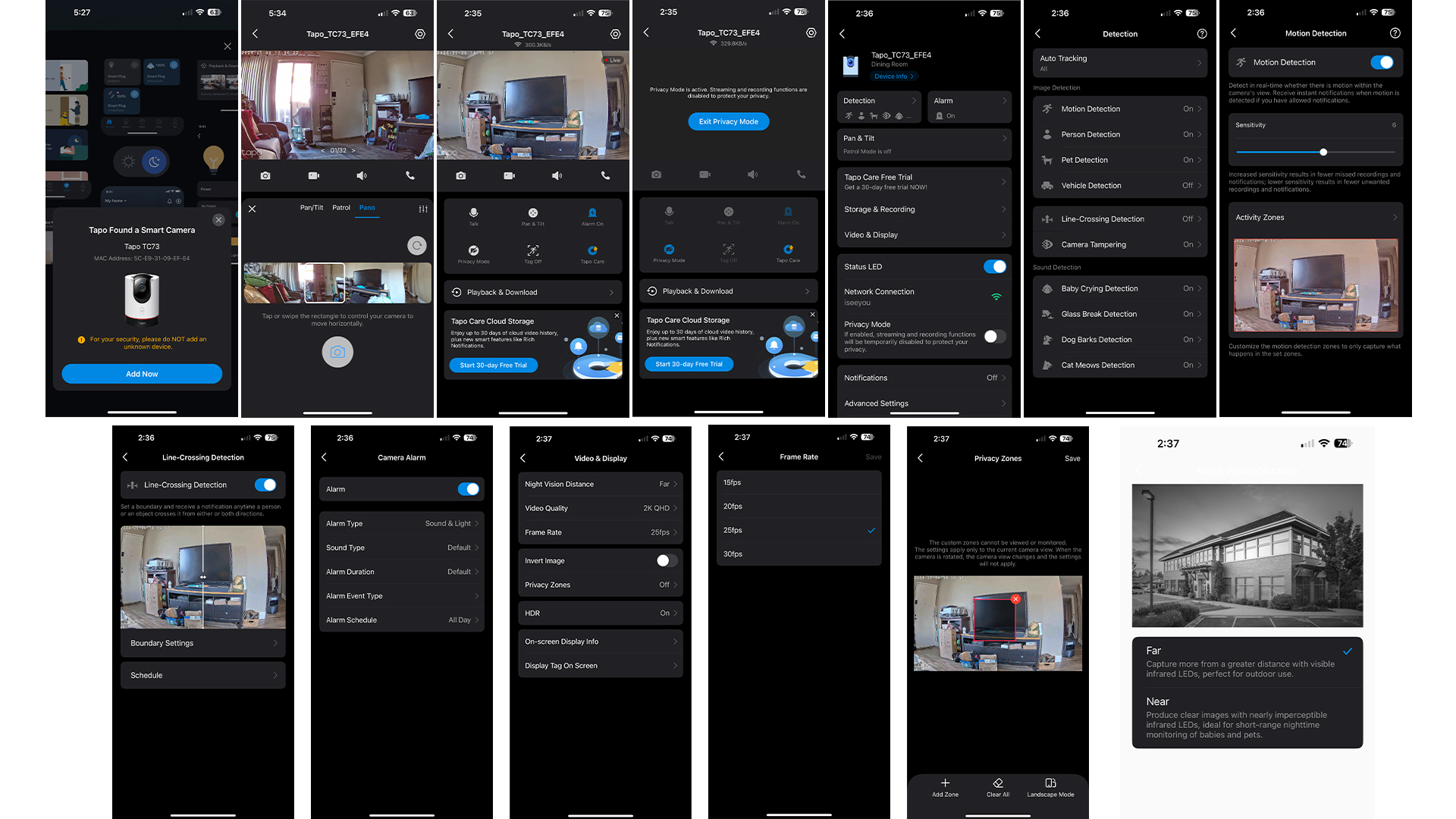
Setting up the TC73 version two was quite simple. Download the Tapo app, create a login, tap the “+,” look for your device, and follow the prompts. Some of those will be voice prompts, letting you know you’re connected to the network or finished with setup. It took me roughly five minutes to get it up and running.
Because the app’s camera settings are laid out intuitively, using its extensive features is easy. You can access all of the camera’s settings from two screens: the main home screen for the TC73 and through the settings cog on that home screen. From the main screen, you get the pan and tilt function, privacy mode, alarm on/off, screenshotting, video recording, two-way communications, and playback and download of events.
The other settings are behind a cog in the upper right-hand corner of the screen. I really like the way that the screen is organized. It uses cards and a menu list. The privacy options there are easy to use. I really like that they’ve included a privacy occlusion option and that the lens privacy option is in the app and can be activated via a physical button on the face of the camera body. Both options rotate the lens so it’s facing inside the camera body, giving physical privacy and not an app-based “blackout.”
Tapo TC73: Competition
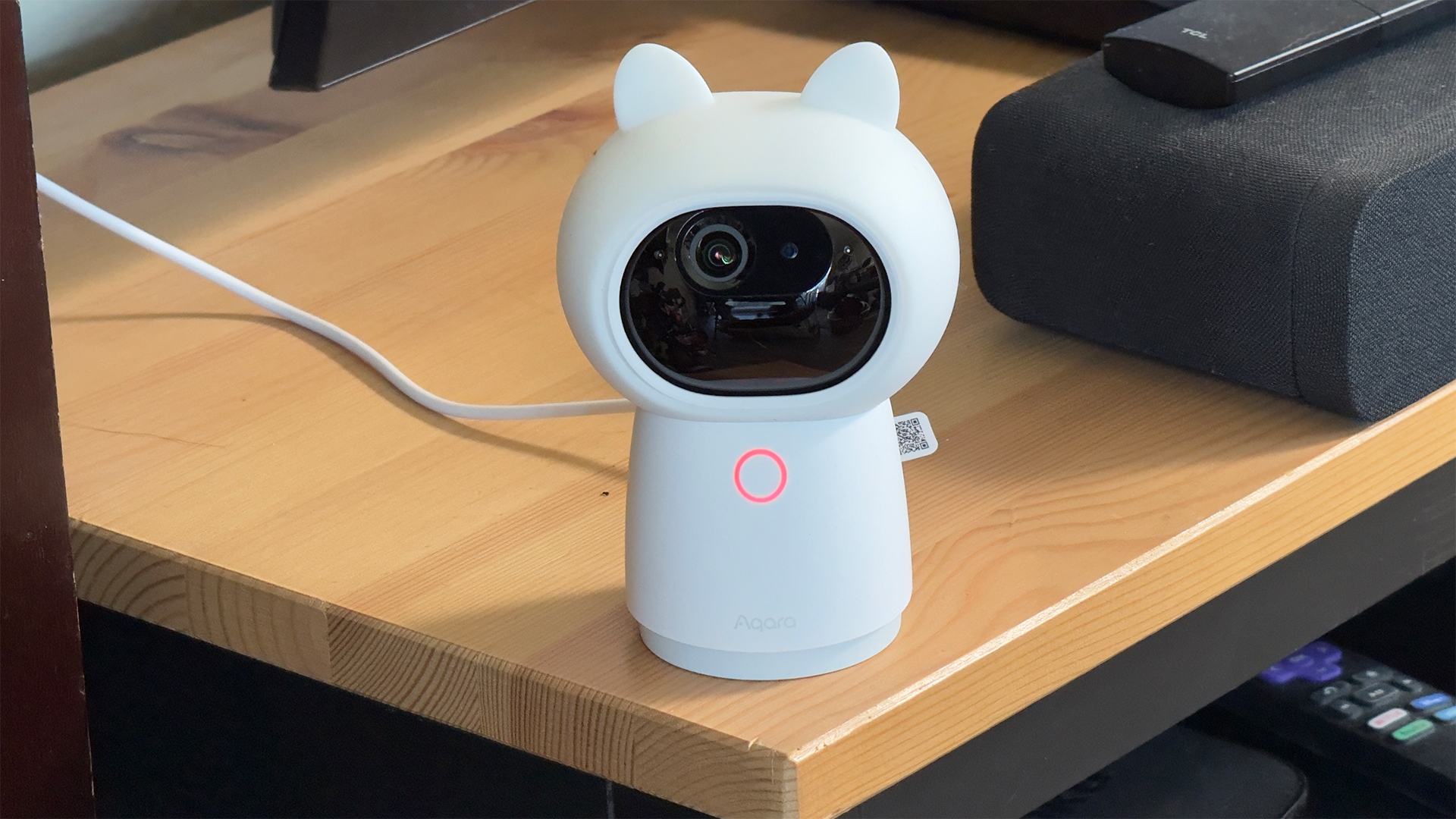
Right now, the HKSV options you have are Aqara’s E1, and Camera Hub G3, as well as Eufy’s Indoor Cam E220 and Netatmo’s Smart Indoor Camera.
Aqara’s E1 and Eufy’s E220 fall in line price-wise with the TC73, while the Netatmo offering is $190 and the Hub G3 is $88. Netamo’s Smart Indoor Camera is much more expensive than the TC73, but on its face, it appears to offer a similar feature set. I haven’t had my hands on that one yet though, so I can’t really compare it. Of the several cameras I have had the opportunity to review, Tapo’s has the best-looking video so far. That said, it doesn’t compare line-by-line to Aqara’s Camera Hub G3 as that one has a built-in Zigbee hub. The saving grace there is that the hub only connects to other Aqara products.
Right now, I would not recommend any other HKSV-supported pan and tilt camera over the TC73, but we’ll keep you updated as new devices come onto the market.
Tapo TC73: Should you buy it?
You should buy the Tapo TC73 if...
- You want detailed, high resolution video
- You want a great value
- You want a pan and tilt camera with HKSV support
You shouldn't buy the Tapo TC73 if...
- You want something more inconspicuous
- You want something with ethernet and USB-C out
Tapo TC73: Verdict
There is so much to cover with Tapo’s TC73! You can even watch your video directly through a PC with RTSP support, which also means that you can connect that video recording to a NAS. And we haven’t even gone into all of the products you can connect it to with TP-Link’s Kasa line of products or other Tapo products. There’s a lot to offer here with the TC73’s high-quality night and day video, fluid pan and tilt that keeps with the action in front of the lens, smart privacy options, and an intuitively laid out Tapo App 3.0.
All of that combines to make Tapo’s TC73 easy to recommend for any shopper looking for an HKSV-supported pan and tilt camera that has plenty of compatible accessories to build your own smart home.

The best pan/tilt HKSV camera right now
This camera's pan/tilt motor is fast! Pair that speedy motor and AI the powers it, with great video resolution options, smart privacy features and a fair price and you have an indoor camera we can recommend.

Tshaka Armstrong is a nerd. Co-Founder of the non-profit digital literacy organization, Digital Shepherds, he’s also been a broadcast technology reporter, writer and producer. In addition to being an award-winning broadcast storyteller, he’s also covered tech online and in print for everything from paintball gear technology, to parenting gadgets, and film industry tech for Rotten Tomatoes. In addition to writing for iMore, he’s a video contributor for Android Central and posts everything else to his own YouTube channel and socials. He blathers on about his many curiosities on social media everywhere as @tshakaarmstrong.


